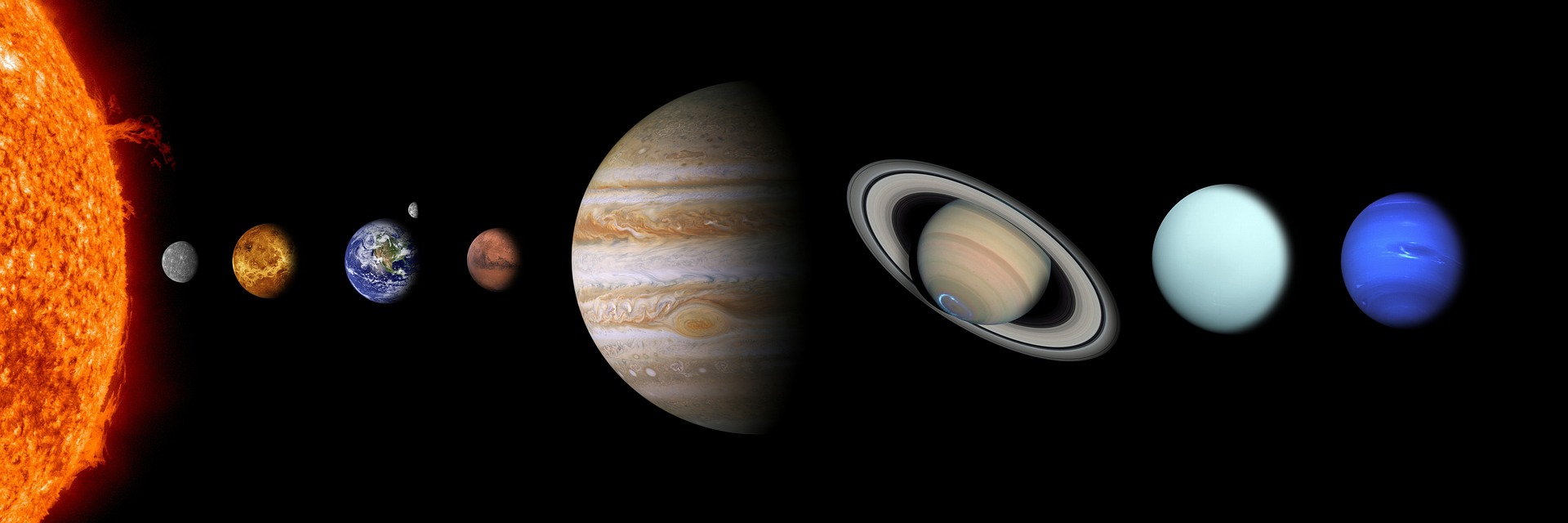The stars aligned at the most recent American Astronomical Society meeting.
From Jan. 8-12, three student researchers within the physics, astronomy and materials science department traveled to Seattle, Washington, for the 241st conference to present their research.
Caroline Witt
A junior from Chillicothe, Missouri, Caroline Witt is currently pursuing a major in physics with an emphasis in astronomy, a minor in math and a computational science certificate.
Witt is also completing an internship in the NASA-Missouri Space Grant Consortium.
Witt is currently working on a project titled “Merger Histories of Inner Planets Under the Influence of Distant Giant Planets” with Dr. Sarah Morrison’s research group.
“Our current project focuses on investigating the impacts a distant giant planet has on the formation of inner planets,” Witt said.
“We use a program called Mercury 6 to perform integrations to simulate what would happen in a planetary system with no distant giant planet versus an identical system. We use the numerical results to then analyze what kinds of effects the added presence of a ‘Jupiter’ ends up having on the formation of planets.”
“Caroline Witt started doing research with me early in her undergraduate career and she has been progressing well in her research,” Morrison said. “I am glad she has now gotten to present her planet formation research to a larger audience at the AAS meeting, and I look forward to seeing what she has in store in her scientific career going into the future!”
Mateo Guerra Toro
An international student from Ambato, Ecuador, Mateo Guerra Toro is currently pursuing a major in physics. He is pursuing astronomy and mathematics minors and a computational science certificate.
He also serves as the vice president of the MSU Society of Physics Students.
At the AAS conference, Guerra Toro presented his project titled “Re-evaluation of the Effect of Brown Dwarfs’ Viewing Geometry using a Bayesian Framework.”
This is research he completed in 2021 for his REU at the University of Texas at Austin, advised by his professor Dr. Yifan Zhou.
“We developed a Bayesian method to explore how different characteristics, like color anomaly or variability amplitude, are affected by the inclination of these objects,” Guerra Toro said.
“Mateo is a hard working student who juggles multiple projects well- and is learning more about planet formation in the process!” Morrison said.
Noah Singer
A senior from Kansas City, Missouri, Noah Singer is currently pursuing a dual major in both mathematics and physics, with an emphasis on astronomy and astrophysics.
These areas of study are directly applicable to his research on physical stellar parameters.
“With Dr. Mike Reed, I am attempting to calculate the masses and radii of a specific type of star, known as Subdwarf B (SdB) stars,” Singer said. “SdB stars are smaller, older and hotter than our sun. To calculate such values, we must match model data to observed data.
“The difference between these data sets acts as a proxy from which we can derive stellar radii. Then, with the radii calculations, we can calculate stellar masses.”

